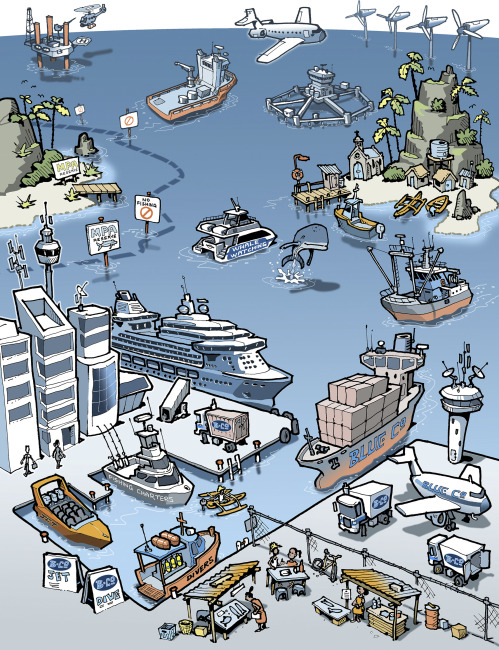Social determinants of health, including poverty, contribute significantly to health outcomes in the United States; however, their impact on pediatric hematopoietic cell transplantation (HCT) outcomes is poorly understood. We aimed to identify the association between neighborhood poverty and HCT outcomes for pediatric allogeneic HCT recipients in the Center for International Blood and Marrow Transplant Research database.
Critical knowledge gaps about environmental fate and unintentional effects of currently used pesticides (CUPs) hamper the understanding and mitigation of their global impacts on ecological processes. We investigated the exposure of earthworms to 31 multiclass CUPs in an arable landscape in France. We highlighted the presence of at least one pesticide in all soils (n = 180) and 92 % of earthworms (n = 155) both in treated crops and nontreated habitats (hedgerows, grasslands, and cereals under organic farming).
The upcoming Convention on Biological Diversity (CBD) meeting, and adoption of the new Global Biodiversity Framework, represent an opportunity to transform humanity's relationship with nature. Restoring nature while meeting human needs requires a bold vision, including mainstreaming biodiversity conservation in society. We present a framework that could support this: the Mitigation and Conservation Hierarchy.
Porous liquids form a new class of materials, which are liquid at room temperature and possess permanent porosity. The latter is a characteristic generally associated with solid-state only. Since the idea of porous liquid was exploited over a decade ago, the researchers see an opportunity of solving the solid material's limitation in gas capture and separation. In this discussion, we present the most recent developments on porous liquids and, in our perspectives, how they can tackle energy and environmental issues by their coupling with membrane technology.
Background and Purpose: Altered cholesterol metabolism is associated with increased risk of neurodegeneration and in particular with the development of Alzheimer's disease (AD). Here, we investigate whether non-cholesterol sterols and oxysterols in the central nervous system are associated with (i) the presence of cerebral AD pathology, (ii) distinct aspects of AD pathology, i.e. amyloid pathology, neuronal injury, and tau pathology, and (iii) cognitive decline over time.
The enormous social and economic cost of Alzheimer's disease (AD) has driven a number of neuroimaging investigations for early detection and diagnosis. Towards this end, various computational approaches have been applied to longitudinal imaging data in subjects with Mild Cognitive Impairment (MCI), as serial brain imaging could increase sensitivity for detecting changes from baseline, and potentially serve as a diagnostic biomarker for AD. However, current state-of-the-art brain imaging diagnostic methods have limited utility in clinical practice due to the lack of robust predictive power.
In 2006, the National Health Service commenced with assuming responsibility for the delivery and commissioning of mental healthcare services in prisons within the UK. Previous research has indicated that some prison environments may present challenges to the delivery of mental healthcare for prison populations. The present study aimed to explore the experiences of staff working in NHS offender health teams to identify the sources of adversity that frontline staff may encounter when providing mental healthcare in prison settings.
Non-destructive testing techniques have gained importance in monitoring food quality over the years. Hyperspectral imaging is one of the important non-destructive quality testing techniques which provides both spatial and spectral information. Advancement in machine learning techniques for rapid analysis with higher classification accuracy have improved the potential of using this technique for food applications. This paper provides an overview of the application of different machine learning techniques in analysis of hyperspectral images for determination of food quality.
Background: Fake meat industry is expected to grow and to be worth $140 billion by 2030. Alternative protein can be produced by plant or microbe. Animal-free dairy protein can be produced by fermentation in microflora. Scope and approach: In order to improve the real production, many companies are focusing on fermentation for animal-free meat, eggs, and dairy respectively. Key findings and conclusions: However, their production capabilities, efficiencies, and costs are not available in public respectively. This paper reports briefly what is going on in sustainable protein alternatives.
Increasing the production of food from the ocean is seen as a pathway toward more sustainable and healthier human diets.

